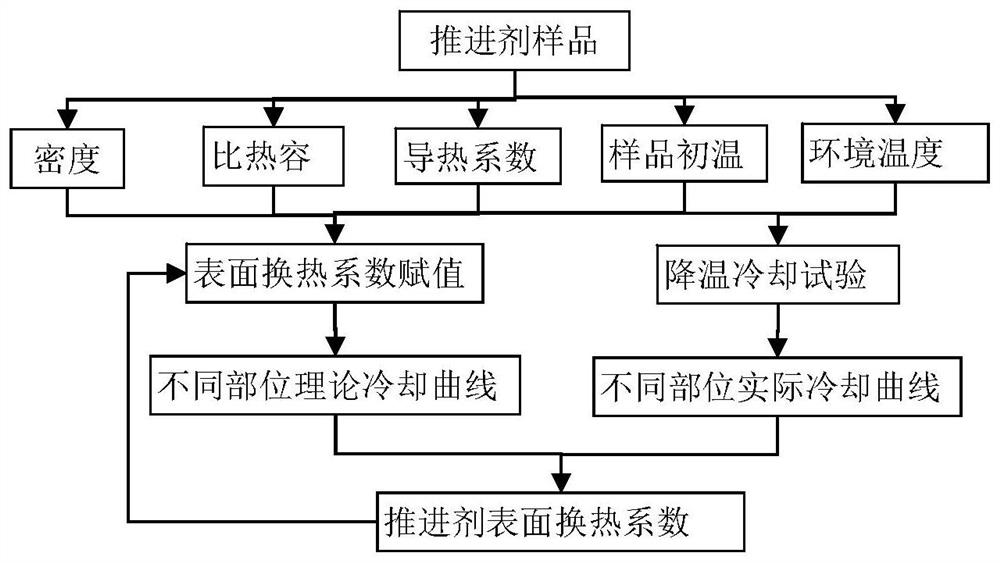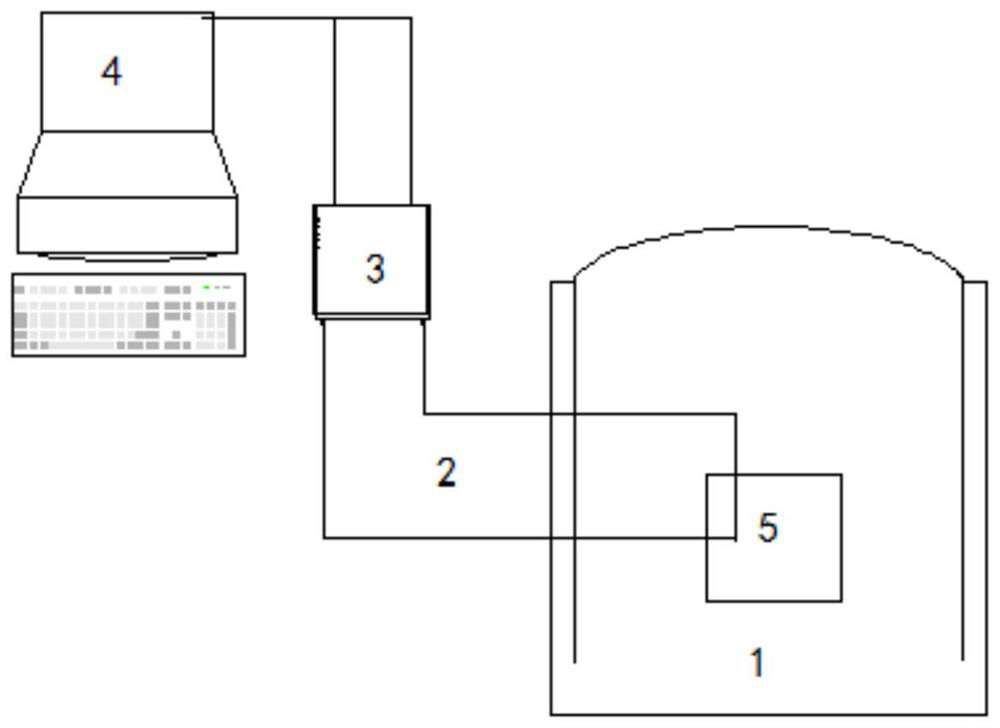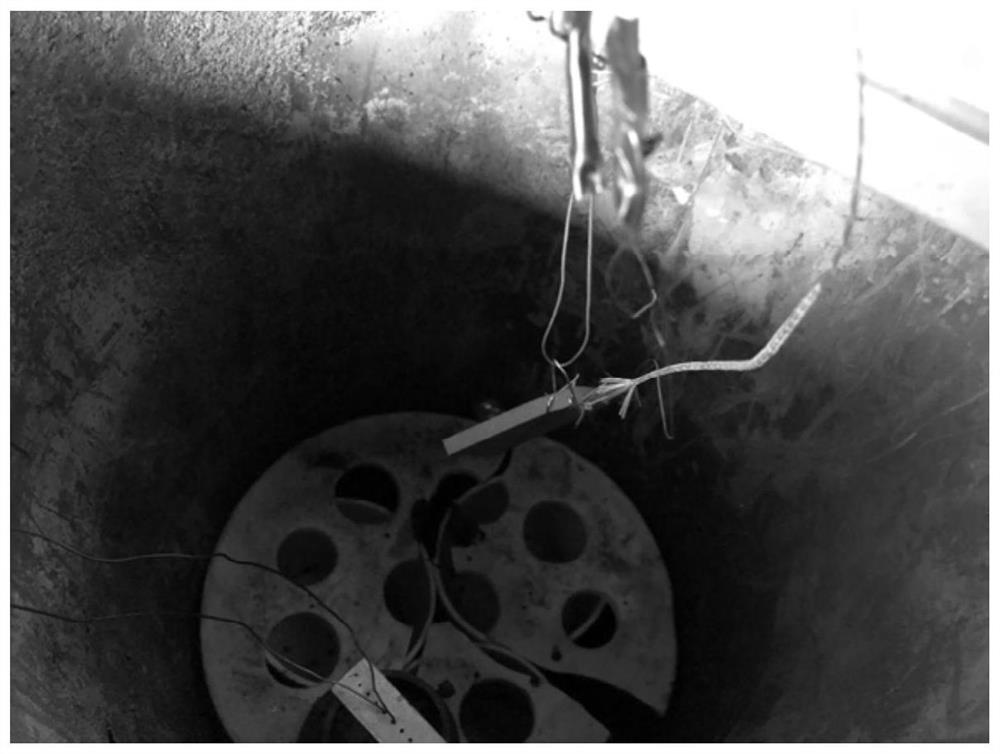Method for measuring convective heat transfer coefficient
A technology of convective heat transfer coefficient and measurement method, which is applied in the field of convective heat transfer coefficient measurement, can solve problems such as the reference of propellant surface heat transfer coefficient, and achieve the effect of simple operation and simple equipment
- Summary
- Abstract
- Description
- Claims
- Application Information
AI Technical Summary
Problems solved by technology
Method used
Image
Examples
Embodiment Construction
[0026] The implementation manner of this solution will be further described in detail below in conjunction with the accompanying drawings. Apparently, the described embodiments are only part of the embodiments of the solution, rather than exhaustive of all the embodiments. It should be noted that, in the case of no conflict, the embodiments in this solution and the features in the embodiments can be combined with each other.
[0027] The terms "first", "second", etc., if present, in the description and claims and the above drawings are used to distinguish similar items and not necessarily to describe a specific order or sequence. It is to be understood that the terms so used are interchangeable under appropriate circumstances such that the embodiments described herein can be practiced in sequences other than those illustrated or described herein. Furthermore, the terms "comprising" and "having", as well as any variations thereof, are intended to cover a non-exclusive inclusio...
PUM
 Login to View More
Login to View More Abstract
Description
Claims
Application Information
 Login to View More
Login to View More - R&D
- Intellectual Property
- Life Sciences
- Materials
- Tech Scout
- Unparalleled Data Quality
- Higher Quality Content
- 60% Fewer Hallucinations
Browse by: Latest US Patents, China's latest patents, Technical Efficacy Thesaurus, Application Domain, Technology Topic, Popular Technical Reports.
© 2025 PatSnap. All rights reserved.Legal|Privacy policy|Modern Slavery Act Transparency Statement|Sitemap|About US| Contact US: help@patsnap.com



